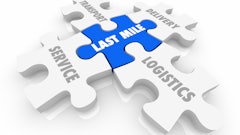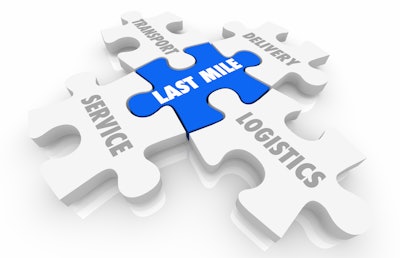
This year’s last-mile delivery landscape in the United States focuses on balancing operational excellence, cost discipline, and heightened customer expectations. Industry leaders place timeliness and reliability at the forefront, with 70% targeting over 99% on-time, damage-free delivery performance. Meanwhile, cost control remains a significant priority for 50% of respondents, reflecting ongoing pressures from fuel, labor, and operational expenses, according to the 2025 Last-Mile Delivery Priorities report released by FarEye.
Key takeaways:
· Customer experience stands as a key focus for 30% of companies, while 25% emphasize the adoption of technology, including real-time tracking, AI-driven routing, and orchestration tools, to enhance both efficiency and service quality.
· Workforce challenges persist for 15% of respondents, especially in underserved or rural areas, while sustainability, at just 5%, remains a lower priority relative to other operational goals.
· Cost remains the largest challenge, identified by 18.7% of respondents, followed by visibility issues at 13.5% and carrier performance concerns at 11.9%, underscoring the critical importance of operational transparency and reliability. Delivery costs have risen on average by about 12% year-over-year, with some routes experiencing sharp spikes, largely due to route inefficiencies, volatile fuel prices, and driver wage inflation.
· 61% of consumers are willing to pay more for faster delivery options. However, operational gaps exist; for example, 58% of businesses do not offer delivery slot selection, and many contend with high volumes of “where is my order” inquiries due to tracking shortcomings.
· Looking ahead, same-day delivery is projected to grow from 27% of deliveries today to 35% by 2027, signifying acceleration toward ultra-fast fulfillment. Fleet strategies continue blending owned and outsourced models, with nearly 90% of companies planning to maintain or increase reliance on third-party logistics providers by 2030 to leverage flexibility, scalability, and capacity advantages.
· Overall, the U.S. last-mile delivery landscape is navigating rising consumer demands, cost pressures, and rapid technological innovation, emphasizing speed, control, and cost efficiency as critical factors for competitive success in 2025 and beyond.







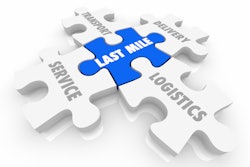




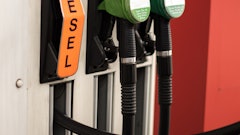

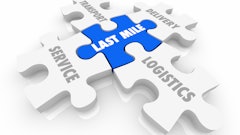

![Pros To Know 2026 [color]](https://img.sdcexec.com/mindful/acbm/workspaces/default/uploads/2025/08/prostoknow-2026-color.mduFvhpgMk.png?ar=16%3A9&auto=format%2Ccompress&bg=fff&fill-color=fff&fit=fill&h=135&q=70&w=240)

